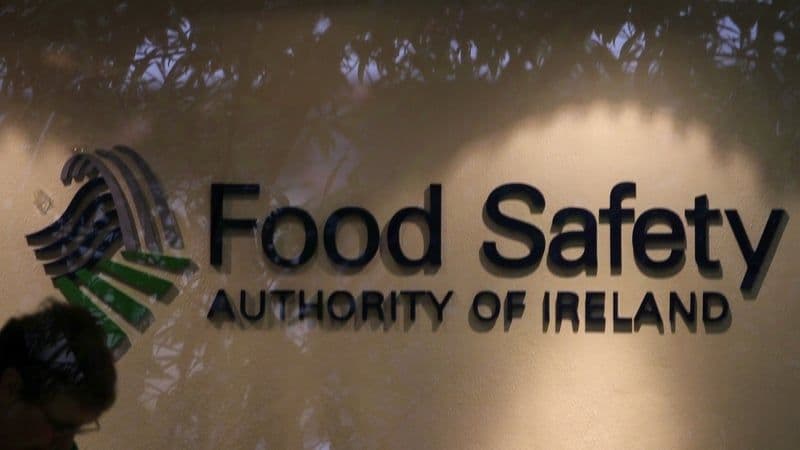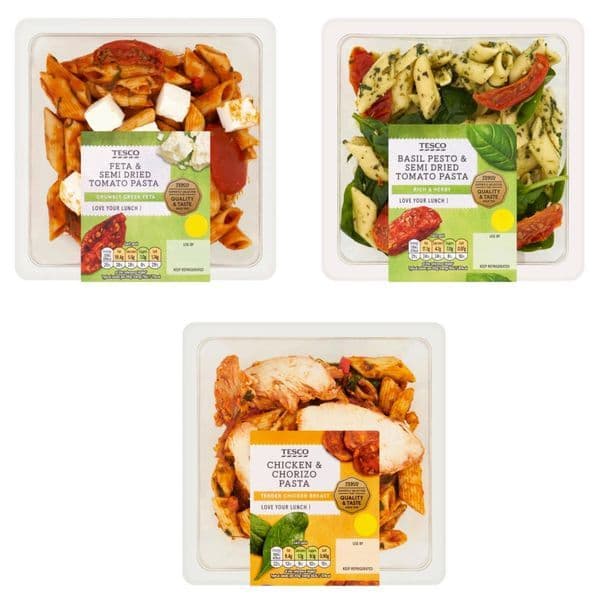From Pantry Staple to Public Hazard: The Unseen Vulnerabilities Behind the Tuna Recall
Explore the recent tuna recall's deeper implications, tracing Listeria's path from breadcrumbs to plates across seven states. Learn key food safety lessons.
The Spreading Shadow: Unpacking the Tuna Recall's Reach
A recent food safety alert sent ripples across the nation, as initiated a significant recall of over a dozen tuna salad products. The culprit? Potential contamination with Listeria monocytogenes, a bacterium capable of causing serious illness. This wasn't a localized incident; the recall swiftly expanded, impacting major grocery chains like , , and across , , , and . Simultaneously, stores in , , and also pulled affected products from their shelves. What began as a concern at a manufacturing level quickly became a multi-state issue, highlighting the intricate web of our modern food distribution. The sheer volume and variety of recalled items – from single-serve tuna salad with crackers to larger deli trays – underscored how deeply integrated these products are into daily consumer habits, turning a seemingly innocuous pantry staple into a potential public health concern across a wide geographic area.
Listeria's Stealthy Threat: Understanding the Health Risks
The reason behind such widespread concern lies in the nature of Listeria monocytogenes itself. Unlike some more common foodborne pathogens, listeria can be particularly insidious. The infection it causes, listeriosis, often presents with symptoms like vomiting, diarrhea, chills, and muscle aches, which might initially be mistaken for a milder flu. However, its danger escalates significantly for certain vulnerable populations. Young children, the frail or elderly, and individuals with compromised immune systems face a heightened risk of severe, sometimes fatal, infections. For pregnant women, the stakes are even higher, as listeriosis can tragically lead to miscarriages or stillbirths. This silent threat can proliferate even in refrigerated environments, making immediate and decisive action crucial once contamination is suspected. Understanding these severe health implications underscores why food safety agencies and manufacturers treat listeria recalls with utmost urgency, prioritizing public health above all else.
The Breadcrumb Trail: Tracing Contamination in the Supply Chain
What makes this particular tuna recall noteworthy is the identified source of contamination: breadcrumbs. It's a striking reminder that even the most unassuming ingredients can harbor significant risks within a complex food supply chain. How does a basic component like breadcrumbs, which one might never associate with bacterial hazards, become a vector for listeria? This scenario points to potential vulnerabilities upstream, perhaps at the ingredient supplier's facility, or during handling and processing before the breadcrumbs even reach . Tracing this 'breadcrumb trail' of contamination is a monumental task, requiring meticulous investigation, stringent quality control at every step, and robust supplier verification programs. It exposes the inherent challenges in ensuring safety when products are assembled from multiple components, each originating from different points in a globalized supply network. This incident serves as a stark lesson in the interconnectedness of food safety, where a single weak link can compromise an entire product line.
Immediate Action: Safeguarding Your Home and Health Post-Recall
Given the serious health risks associated with listeria, swift consumer action is paramount if you've purchased any of the recalled tuna products. The primary directive is unequivocal: do not consume these items. Instead, dispose of them immediately in a sealed bag to prevent any further exposure, or return them to the store where they were purchased for a full refund. Beyond simply discarding the product, the emphasizes the critical importance of preventing cross-contamination within your home. Any surfaces, containers, or utensils that may have come into contact with the recalled tuna salad — from countertops to cutting boards and even refrigerator shelves — must be thoroughly cleaned and sanitized. This diligence is essential because listeria can easily spread to other foods or surfaces, potentially leading to further contamination and illness. Taking these proactive steps helps protect not only yourself but also everyone else in your household from potential exposure.
Beyond the Plate: Reinforcing Trust in Our Food Systems
While food recalls can be unsettling, they also serve as a vital mechanism within our food safety infrastructure, demonstrating that regulatory systems are actively monitoring and responding to potential threats. This tuna recall, initiated by and overseen by the , highlights the ongoing need for rigorous industry standards, from ingredient sourcing to final product assembly. For consumers, it reinforces the importance of staying informed about food safety alerts and understanding how to respond effectively. Ultimately, maintaining public trust in our food supply hinges on transparency, rapid response, and continuous improvement by both manufacturers and regulatory bodies. This incident, sparked by something as seemingly simple as breadcrumbs, offers a broader lesson: safeguarding our food is a shared responsibility that demands constant vigilance, robust protocols, and a commitment to ensuring that every bite we take is truly safe.
Related Articles

When Dinner Delivers Danger: Inside the World of Food Safety Alerts

When Dinner Delivers Danger: Inside the World of Food Safety Alerts

The Unseen Threat in Your Supper: Unpacking Ireland's Ready Meal Crisis

The Unseen Threat in Your Supper: Unpacking Ireland's Ready Meal Crisis

The Unseen Threat on Your Plate: Navigating the Listeria Labyrinth

The Unseen Threat on Your Plate: Navigating the Listeria Labyrinth

Beyond the Pasta: Unpacking the Hidden Layers of Supermarket Food Recalls
